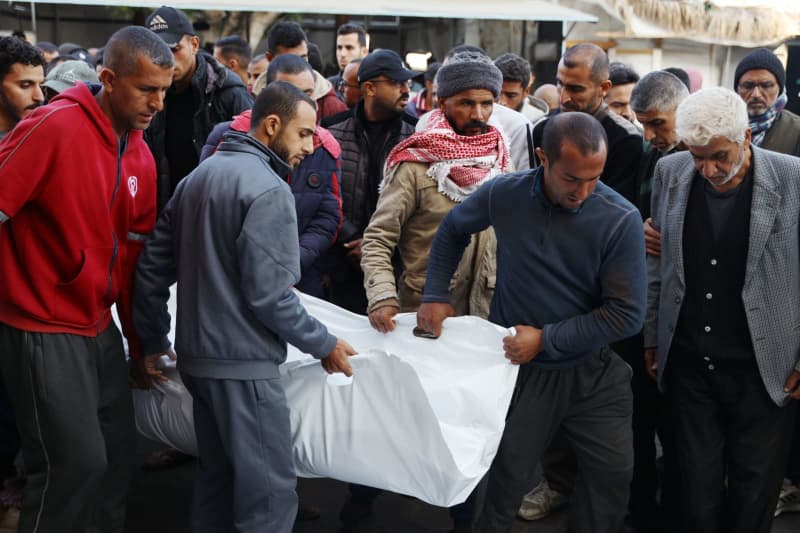On Wednesday, the Israeli military confirmed the targeted killings of two individuals in northern Gaza believed to be directly involved in a significant Hamas attack on Israel from over 14 months ago. This statement from the Israel Defense Forces (IDF) highlighted the ongoing operations to dismantle key Hamas personnel responsible for orchestrating violent actions against Israeli forces. One of the suspects was identified as the mastermind behind an assault on an Israeli military outpost situated near the Gaza border, which resulted in the deaths of 14 Israeli soldiers. The IDF reported that this individual had also been involved in subsequent attacks against Israeli troops during the warfare that ensued following the October 7 attacks.
The Israeli Air Force executed strikes in Gaza City, targeting a structure formerly used as a school, where this high-ranking Hamas operative was located. In a separate military action in Jabalia, the IDF reported the elimination of the head of Hamas’ paragliding unit. This unit was responsible for facilitating aerial entry into Israeli territory during the aforementioned assault on October 7, utilizing paragliders to penetrate defenses. The IDF’s announcement did not disclose the specific timing of these operations but underscored their strategic significance in disrupting Hamas’s capabilities to launch further assaults against Israel.
Current military focus by the IDF remains on the northern regions of Gaza, where they are conducting sustained operations against Hamas infrastructure and personnel. These targeted killings are part of Israel’s broader strategy of retaliating against Hamas for its ongoing hostility and planned military actions toward Israeli targets. While the Israeli government justifies its military actions as necessary for national security and stability, reports from Palestinian sources frequently highlight the civilian toll associated with such military operations, indicating that strikes often result in significant casualties among non-combatants.
The Israeli military has consistently stated that it undertakes various precautions aimed at minimizing harm to civilians during its operations. This claim has been met with skepticism, considering the high number of civilian casualties reported following Israeli airstrikes, particularly in densely populated areas of Gaza. As tensions continue to escalate, humanitarian organizations have expressed deep concern over the situation, calling for urgent measures to protect innocent civilians caught in the crossfire of ongoing hostilities. They emphasize the need for both parties involved to consider the impact of their military operations on civilian lives and uphold international humanitarian laws.
The release of information regarding these specific military operations reflects the ongoing cycle of violence between Israel and Hamas in a highly volatile geopolitical landscape. Escalating hostilities have persisted despite intermittent negotiations aimed at establishing ceasefires and restoring peace. This ongoing conflict has resulted not only in significant military casualties on both sides but also a humanitarian crisis for the people of Gaza, who face destruction of infrastructure and lack access to essential services due to the continuing violence and blockades.
As Israel strengthens its military campaign against Hamas, the international community remains watchful and concerned about both the immediate and long-term consequences of such military actions. The dynamics of warfare, combined with political rhetoric from both sides, complicate the prospects for peace and stability in the region. The situation underscores the urgent need for a comprehensive dialogue aimed at resolving underlying conflicts and fostering an environment where civilian lives are prioritized over military objectives. It also highlights the critical importance of accountability and transparency in military operations to ensure compliance with humanitarian law and protect vulnerable populations from the effects of armed conflict.

